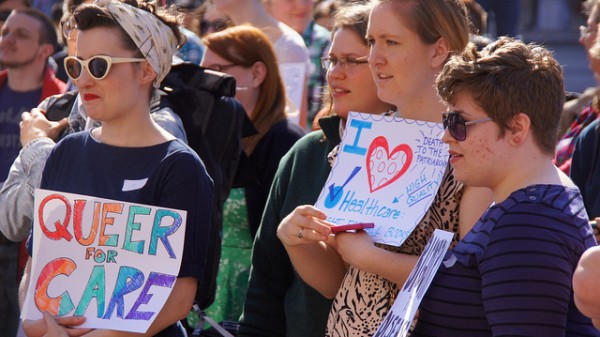
The alarmingly high rates of suicide among transgender people have received national attention, prompting larger questions about health-harming behaviors among the transgender population. When one’s gender expression strays from cultural expectations, how does it influence discrimination and health?
Using data from the National Transgender Discrimination Survey, Lisa R. Miller and Eric Anthony Grollman examine this relationship. Survey respondents answered a number of questions about how their gender is perceived by others, what types of discrimination they have faced, and whether they have attempted suicide and/or abused alcohol or drugs. Miller and Grollman find that transgender adults report substantially higher rates of health-harming behaviors than cisgender (that is, non-transgender) adults report in other surveys.
A staggering 44% of transgender respondents said they had attempted suicide. Those who thought others saw them as transgender were significantly more likely to have attempted suicide than those who “passed” (were perceived to be cisgender) and reported higher rates of discrimination. Taken together, Miller and Grollman suggest that transgender adults perceived as gender nonconforming face more types of both daily and major discriminations; this may increase self-harming behavior.
Being transgender, the authors write, does not necessarily lead to health-harming behaviors; rather, being visible as transgender (or gender nonconforming) increases health-harming behaviors. It seems to be the social responses to gender nonconformity that negatively impact transgender health and wellbeing.

Comments 2
Transgender Americans deserve protection: Column | Transgender Support — March 7, 2016
[…] found that the more frequently trans people are recognized by others as transgender, the more discrimination they face — and, the more discrimination trans people […]
Transgender Americans deserve protection – Our Ladies and Gentle Men — March 7, 2016
[…] found that the more frequently trans people are recognized by others as transgender, the more discrimination they face — and, the more discrimination trans people […]